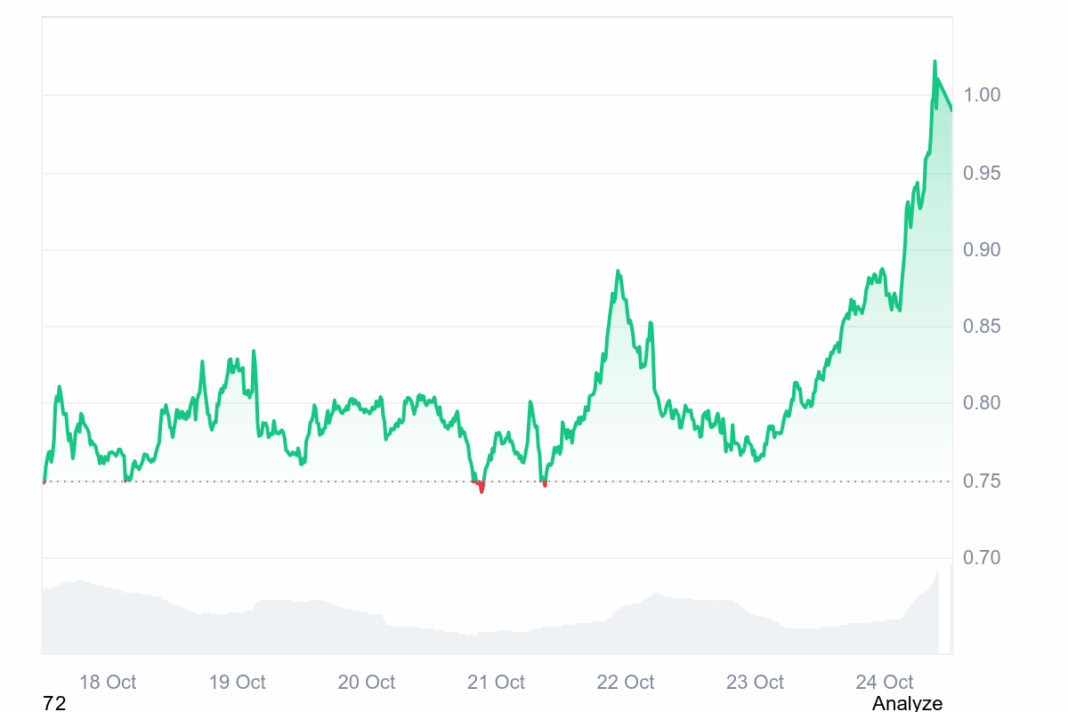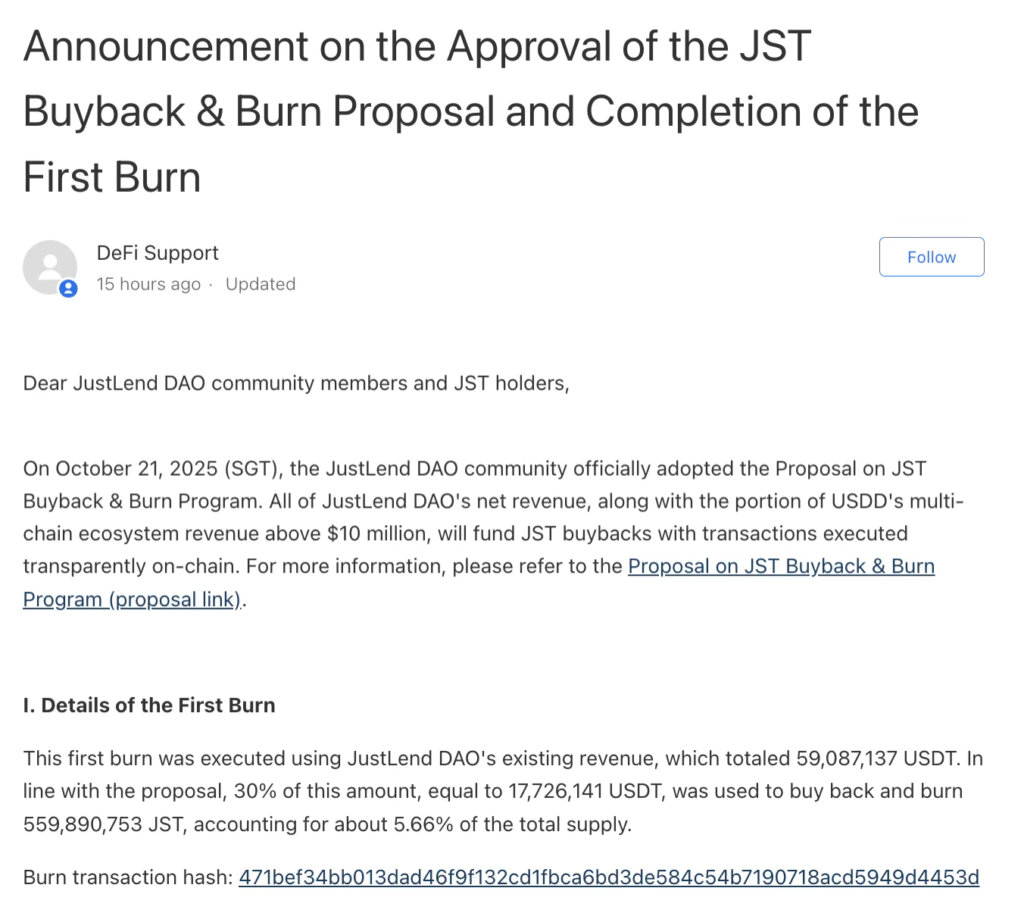Market Pulse
The digital asset landscape, often marred by illicit activities, is seeing significant strides in combating financial crime. In a landmark report for Q3 2025, leading cryptocurrency exchange MEXC announced a remarkable 36% reduction in organized crime incidents on its platform, attributed to its newly implemented, enhanced risk-control framework. This achievement not only underscores MEXC’s commitment to security and compliance but also signals a maturing industry capable of self-regulation and robust protection against bad actors.
The Evolution of MEXC’s Risk Framework
MEXC’s journey towards a more secure trading environment has been years in the making, culminating in the Q3 2025 rollout of its advanced risk-control framework. This initiative moves beyond traditional KYC/AML protocols, integrating sophisticated AI-driven behavioral analytics, real-time transaction monitoring, and multi-party computation (MPC) for asset custody. The exchange invested heavily in both technology and human capital, expanding its compliance and cybersecurity teams to proactively identify and neutralize threats.
- AI-Driven Behavioral Analytics: Machine learning models analyze user behavior patterns to detect anomalies indicative of fraudulent activity or account compromise.
- Real-time Transaction Monitoring: Automated systems flag suspicious transactions instantly, allowing for rapid intervention before funds can be laundered or illicitly moved.
- Enhanced KYC/AML: More rigorous and continuous customer due diligence, utilizing advanced biometric verification and global watchlist screening.
- Secure Asset Custody: Implementation of MPC technology to distribute control over private keys, significantly reducing single points of failure and internal collusion risks.
- Global Threat Intelligence Sharing: Collaboration with law enforcement agencies and other exchanges to share intelligence on emerging crime trends and bad actors.
Tangible Impact: A 36% Reduction in Q3
The 36% reduction in organized crime across MEXC’s platform in Q3 2025 is a testament to the efficacy of these integrated systems. This includes a decrease in reported incidents related to money laundering, scam operations, phishing attempts, and terrorist financing. The reduction rate is particularly impressive given the ever-evolving tactics employed by cybercriminals in the crypto space. Such a significant improvement not only protects individual users but also bolsters the overall reputation of the cryptocurrency industry.
The positive ripple effects extend beyond direct financial protection. Increased user confidence often translates to higher trading volumes and greater mainstream acceptance. For an industry still grappling with regulatory scrutiny, demonstrating a tangible commitment to fighting illicit finance is paramount.
Setting New Industry Benchmarks for Security
MEXC’s success story serves as a critical case study for other exchanges and platforms struggling with similar challenges. The comprehensive, multi-layered approach adopted by MEXC highlights that piecemeal solutions are insufficient in the face of sophisticated cyber threats. By sharing its methodology, even broadly, MEXC contributes to raising the bar for security standards across the entire digital asset ecosystem. This proactive stance is essential for fostering a sustainable and legitimate future for decentralized finance and cryptocurrencies.
This commitment to security is becoming a crucial differentiator in a crowded market. As regulators worldwide continue to eye the crypto space, exchanges that can demonstrably reduce financial crime will likely gain a competitive edge and potentially influence future policy frameworks.
Conclusion
MEXC’s announcement of a 36% reduction in organized crypto crime in Q3 2025 is a significant milestone for the exchange and the broader industry. It validates the effectiveness of advanced risk-control frameworks that combine technological innovation with robust compliance measures. As the crypto market continues to expand, such proactive security initiatives will be indispensable in building trust, attracting institutional investment, and ensuring a safer, more legitimate environment for all participants.
Pros (Bullish Points)
- Boosts user trust and confidence in crypto exchanges, potentially attracting more legitimate users and capital.
- Sets a higher standard for security and compliance across the industry, fostering overall market maturity and legitimacy.
Cons (Bearish Points)
- Advanced security measures can sometimes increase friction for legitimate users through more stringent KYC/AML processes.
- Implementing such comprehensive frameworks requires significant investment, potentially posing a challenge for smaller exchanges to compete.
Frequently Asked Questions
What specific technologies did MEXC use to achieve this reduction?
MEXC employed AI-driven behavioral analytics, real-time transaction monitoring, enhanced KYC/AML, and multi-party computation (MPC) for secure asset custody.
How does this impact the average crypto user?
It directly leads to a safer trading environment, reducing exposure to scams, fraud, and illicit activities, thereby increasing overall trust in the platform.
Could these stringent controls affect privacy for users?
While enhanced KYC/AML requires more personal data, the goal is to balance security with user privacy, focusing on preventing illicit activities rather than surveilling legitimate users.




